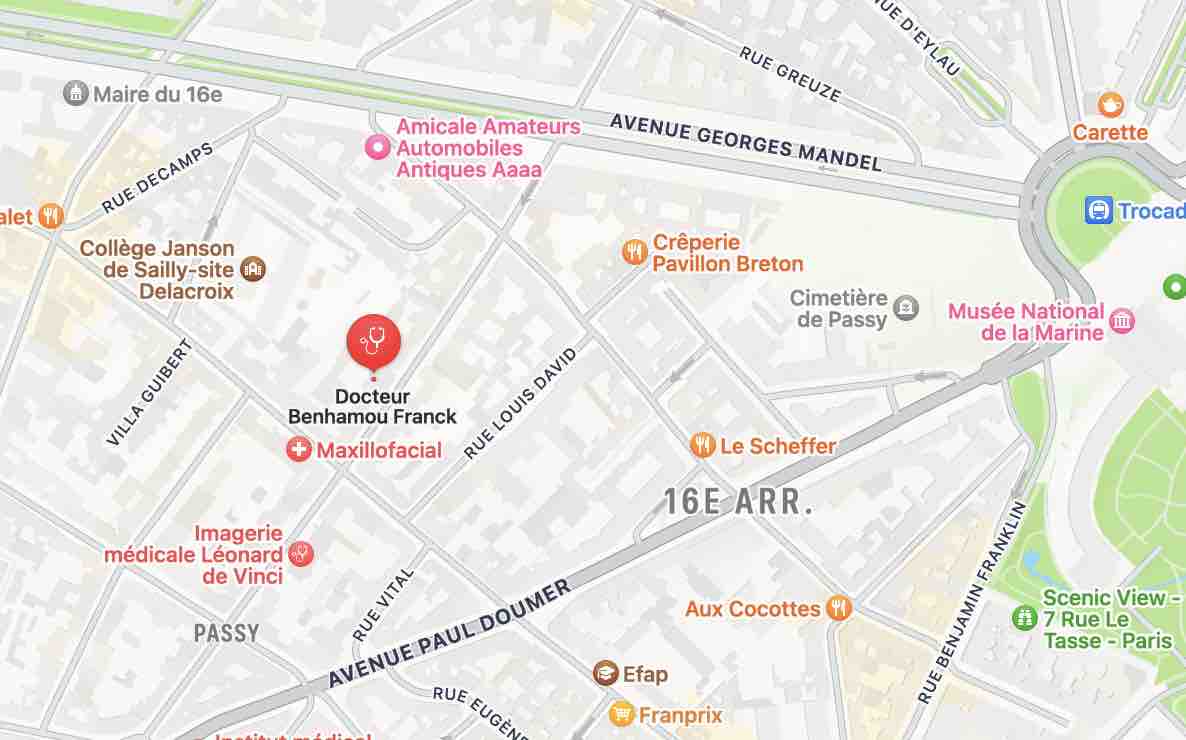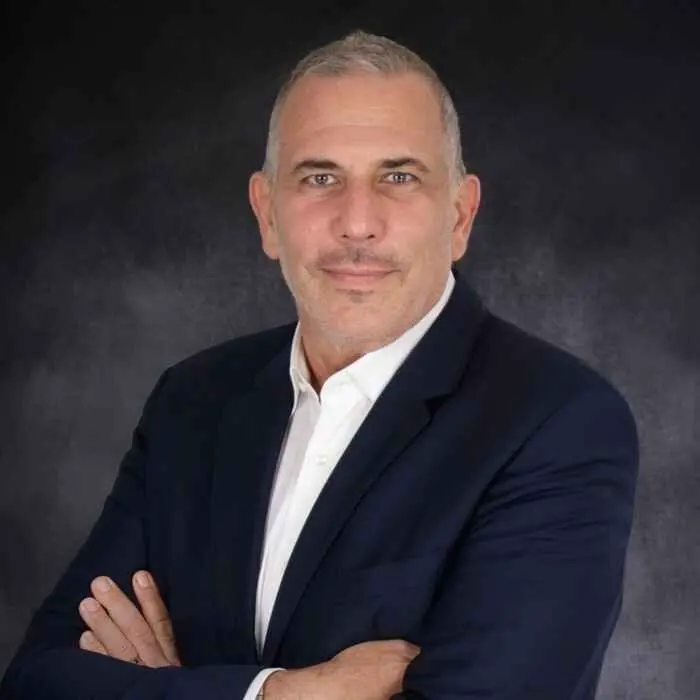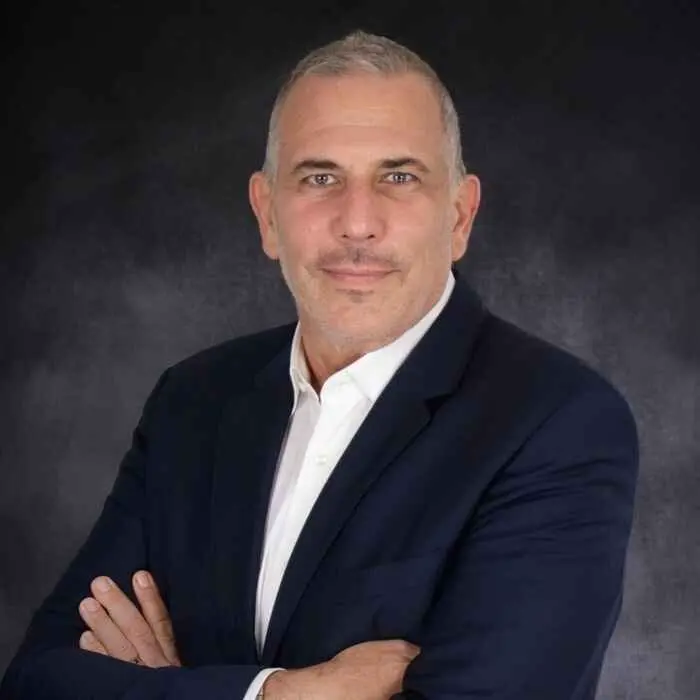- En /
- Aesthetic surgery /
- Sticking out ears
STICKING OUT EARS
- Written by Dr. Franck Benhamou
- Publication date 21 novembre 2024
- Updated date 3 octobre 2025
The surgery of sticking out ears
It is meant to correct sticking out ears too visible from front. According to the case, the operation can be performed on one ear or both. Patients considering this type of surgery are mostly children or young adults.
The aspect of sticking out ears is caused by a flaw in the shape of the ear cartilage which gives its structure to the ear pavilion. It may occur that the conch is too large and aggravates the sticking out of ears.
Surgery allows the reshaping of the cartilage so that the ears may lie flatter against the head and in a symmetrical way.
It is the surgeon, when he meets with the patient before surgery, who will decide on the most suited procedure.
A pre-op evaluation is necessary before surgery in the case of general anesthesia.
A local anesthesia is most often performed (a deep local or general may be considered if it is the patient’s preference. In this case the anaesthetist doctor must be seen at least 48 hours before surgery).
A one day hospitalization is usually sufficient. This act is of the ambulatory type (exit on the same day).
About the surgery of sticking out ears
The operation can last from half-an-hour to one hour.
Usually incisions are made behind the ear in the natural fold, but additional incisions may be necessary.
− Skin is detached, giving access to the cartilage.
− Corrections on the relief and folds will lead to a work giving a good position and symmetry.
Post-surgery effects:
This type of operation is usually not painful.
After 24 to 48 hours, the first dressing is removed, then a head band, (tennis type head band) must be worn nights and days for one month. Ears will remain sensible to contact during one to two weeks. They may look swollen and tumefied for about ten days.
Ecchymosis will fade away within one or two weeks.
Resorbable thread is usually used for suture. If non-resorbable thread is used, it will be removed after 8 to 10 days.
A 4 to 5 days convalescence must be considered (with leave from work or school when covered by health insurance) and it is not advised to practice any sport activity before complete closing up, i.e. one month after surgery.
Results can begin to be appreciated after one or two months. This delay is necessary for complete resorption of oedema. The scars will gradually fade away but may remain pink and indurated.
Complications
After any kind of surgery, complications may occur, some due to the medical and / or cosmetic act itself, others particular to otoplasty.
Good security practices can limit risks but do not suppress them.
Anesthesia carries its own complications which will be explained to you when you meet with the anaesthetist doctor.
Risks specific to otoplasty:
The post operating side effects are usually very simple, but possible complications due to otoplasty must be known:
Bad evolution of scars: it is normal that scars get thicker and redder during the first month. This aspect, linked to the inflammatory reaction of any closing up, takes some months to improve and stabilize. Closing up may follow an
abnormal evolution with thickening and swelling going on over a year.
We speak of hypertrophic, even cheloid scars (they occur more often on black skins). Although rather scarce, this type of evolution may be noted on boys undergoing puberty changes.
Abnormal closing up may occur in an unpredictable fashion and requires specific treatment. It must be known that scars usually fade away and get less visible but don’t disappear.
Infection: most often contamination of a wound, scar or drain opening is not serious. Very scarcely are antibiotics necessary, but infection can be treated with frequent dressings.
Haematoma: post surgery bleeding is almost unavoidable and gives way to ecchymosis (bruises) on the skin for one to two weeks. It may cause an haematoma with swelling and painful tightening. Sometimes there is a need for additional intervention to evacuate the haematoma and treat its causes.
Alteration of sensitivity: after two or three weeks, sensitivity usually comes back.
Necrosis: it is the lost of a more or less large skin zone that can affect cosmetics results. Tobacco smoking may be aggravating. This is why it is most recommended to stop smoking at least three weeks before and after surgery.
In the case of necrosis, additional surgery may be necessary afterward (around a year).
Partial breaking of a stitch implying a slight detachment of the ear pavilion : a correcting intervention can be planed 6 months after first surgery.
Imperfect results: usually very slight, but, if it is the patient’s wish, they can be corrected under local anesthesia after six months.







